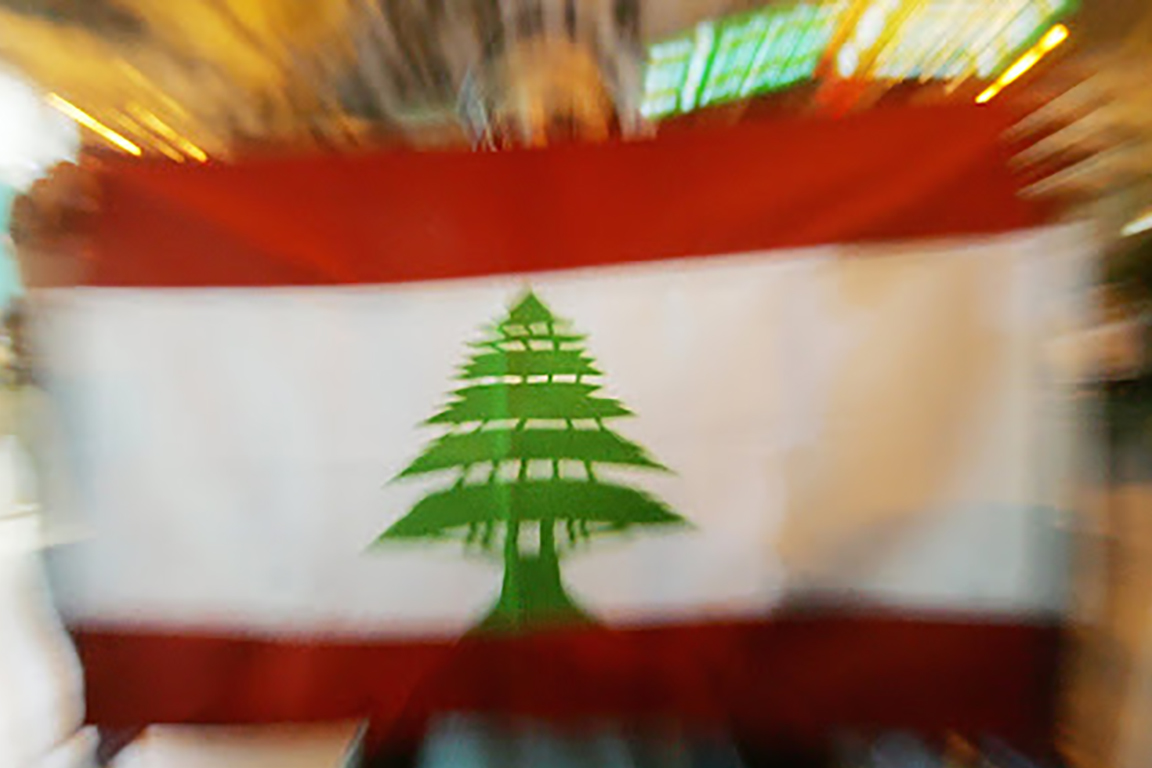On 7 March, Prime Minister Hassan Diyab announced that Lebanon was suspending its foreign debt servicing, in particular the repayment of Eurobonds worth $1.2 billion maturing two days later, to preserve what remains of the dwindling foreign reserves for essential imports.
On 23 March, the finance ministry announced that it would suspend payments on all outstanding Eurobonds in foreign currency, a total of $31 billion. On 30 April, the government approved a 53-page reform plan laying out a roadmap for pulling the country out of the crisis.
According to the plan, the government intends to negotiate with its creditors to reduce the debt load and aims to curb expenditure while gradually increasing state revenue to tackle the budget deficit. The goal is to reach a 1.6 per cent surplus by 2024.
The plan also mentions reducing and eventually abolishing subsidies for electricity and fuel, and downsizing the public payroll – quick relief measures that most local and foreign observers and economists have also proposed. The plan does not refer to privatisation of state assets (such as the electricity and telecommunications sectors), which could provide additional revenue but would likely require prior creation of complex regulatory frameworks.
Reducing the balance of trade deficit, the second main drain on reserves, will require a drastic reduction in the volume of imports.
The government plan bases its calculations on a devaluation of the lira to 3,500 to the dollar, followed by a gradual decline toward 4,300 until 2024. Such a devaluation will make imported goods far more expensive in the local market, implying that most Lebanese will have to adapt to far lower living standards. The weaker currency should also make exports cheaper and thus more competitive, yet the failing infrastructure and difficulty of importing raw material needed to produce items for export due to the dollar scarcity may stand in the way of benefiting from this advantage, at least initially. The government plan calls for dedicated credit lines to address this issue, along with a bundle of growth-enhancing measures, such as subsidised loans to boost productive industries.
The real challenge, however, lies in the revival of the country’s financial system, without which the economy cannot be restarted. Nearly 70 per cent of Lebanese banks’ assets are sovereign and Central Bank debt instruments, such as bonds and certificates of deposit. With the state defaulting and the Central Bank insolvent, many Lebanese economists believe that once the balance sheets are adjusted to reflect these “assets’” real value, the entire sector’s capital will be wiped out. With the economy in free fall, most banks will likely also suffer a significant increase in the number of non-performing loans, forcing them to initiate foreclosure on the collateral, overwhelmingly real estate. Whether this real estate can be sold at prices that are anywhere near their original appraisal is unclear; chances are that significant amounts will have to be written off that way as well.
To revive the sector, the government plans to impose a “bail-in” on bank shareholders.
In effect, this measure would amount to an expropriation by marking down the shares’ value and requesting reinjection of dividends paid out since 2016, the year when the central Bank of Lebanon’s “financial engineering” kicked off. It likewise would claw back excessive interest payments and money transferred abroad illegally.
While the plan vows to protect depositors as much as possible, it remains difficult to see how the losses could be managed without wiping out a significant part of the deposits or freezing them for a long period of time. Some economists also believe that not all banks will, or indeed should, survive the current crisis, and that a restructuring of the banking sector will be not only necessary but beneficial.

İstanbul masöz bayan hizmetleri sizlerle.
This is my first time pay a quick visit at here and i am really happy to read everthing at one place
The Brand New Technology For Those Who Want To Be Incredibly Rich https://guruprofitbot.pages.dev
The Brand New Technology For Those Who Want To Be Incredibly Rich https://vipreg.pages.dev
The Brand New Technology For Those Who Want To Be Incredibly Rich https://vipreg.pages.dev
The Brand New Technology For Those Who Want To Be Incredibly Rich https://vipreg.pages.dev
The Brand New Technology For Those Who Want To Be Incredibly Rich https://vipreg.pages.dev
The Brand New Technology For Those Who Want To Be Incredibly Rich https://vipreg.pages.dev
5 Essential Elements For ordering crowd links https://connerymyk69147.pages10.com/5-essential-elements-for-ordering-crowd-links-59505839